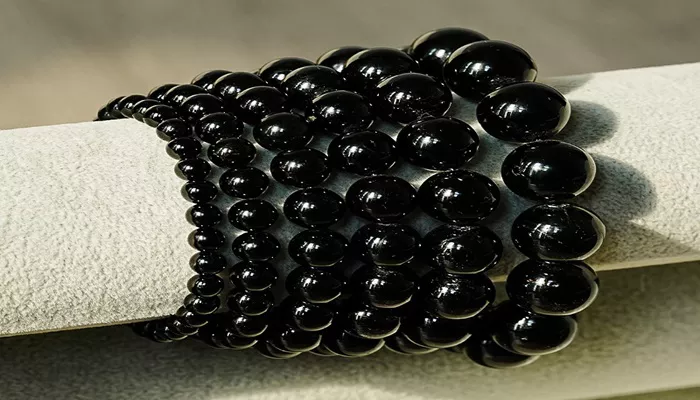Gemstones are a popular jewelry choice, and many people wear their favorite jewelry every day. However, not all gemstones are created equal when it comes to durability and suitability for everyday wear. This article will provide a detailed explanation of tourmaline, its physical and chemical properties, and its suitability for everyday wear.
What is Tourmaline?
Tourmaline is a mineral that belongs to the cyclosilicate group. It is a complex mineral with a unique chemical composition that includes boron, aluminum, and several other elements. Tourmaline comes in a variety of colors, including pink, green, blue, yellow, and black. It is found in many locations around the world, including Brazil, Madagascar, Afghanistan, and the United States.
Physical and Chemical Properties of Tourmaline:
Tourmaline has several unique physical and chemical properties that make it a popular gemstone for jewelry. One of the most notable properties of tourmaline is its ability to become electrically charged when heated or rubbed. This phenomenon is known as piezoelectricity and is due to the asymmetrical arrangement of atoms within the crystal structure of tourmaline.
Tourmaline is also strongly dichroic, meaning that it can appear different colors when viewed from different angles. This property is due to the way that light interacts with the crystal lattice of tourmaline, causing it to absorb certain wavelengths of light and reflect others.
Suitability of Tourmaline for Daily Wear
When it comes to determining the suitability of tourmaline for daily wear, there are several factors to consider, including its hardness, durability, and resistance to damage.
Hardness
The hardness of a gemstone is measured on the Mohs scale, which ranges from 1 (softest) to 10 (hardest). Tourmaline has a hardness of 7 to 7.5 on the Mohs scale, which makes it relatively durable and resistant to scratches and abrasions. However, it is important to note that tourmaline can still be damaged by harder materials, such as diamonds or corundum.
Durability
In addition to hardness, the durability of a gemstone is also an important factor to consider when determining its suitability for daily wear. Durability refers to a gemstone’s ability to withstand wear and tear over time, including exposure to chemicals, heat, and other environmental factors.
Tourmaline is generally considered to be a durable gemstone, thanks to its hardness and resistance to damage. However, it is important to note that certain types of tourmaline may be more prone to cracking or chipping than others, particularly those with inclusions or fractures.
Resistance to Damage
Finally, it is important to consider a gemstone’s resistance to damage when determining its suitability for daily wear. This includes its ability to resist damage from impacts, scratches, and other types of physical trauma.
Tourmaline is generally considered to be a relatively resistant gemstone, thanks to its hardness and durability. However, it is important to note that tourmaline can still be damaged by impacts or other types of physical trauma, particularly if it has inclusions or fractures.
Care and Maintenance of Tourmaline
To ensure the longevity and beauty of tourmaline jewelry, proper care and maintenance are essential. Here are some tips for caring for your tourmaline jewelry:
1. Avoid exposing tourmaline to harsh chemicals, such as bleach or chlorine.
2. Remove your tourmaline jewelry before engaging in activities that may cause physical trauma, such as sports or heavy lifting.
3. Store your tourmaline jewelry in a soft cloth or pouch to prevent scratches and damage.
4. Clean your tourmaline jewelry regularly with a soft cloth or brush and mild soap and water.
Conclusion
In conclusion, tourmaline is generally considered to be a suitable gemstone for daily wear, thanks to its hardness, durability, and resistance to damage. However, it is important to note that tourmaline can still be damaged by harder materials or physical trauma, particularly if it has inclusions or fractures. As with any gemstone, proper care and maintenance are essential to ensure its longevity and beauty over time.
Related topic:
- How to Use Tumbled Pink Tourmaline in Your Daily Life
- What Makes Pink Tourmaline Rough a Unique Gemstone?
- Where Should I Place My Black Tourmaline


